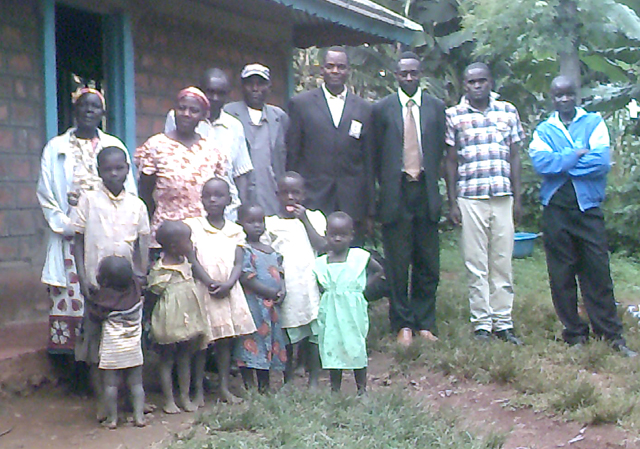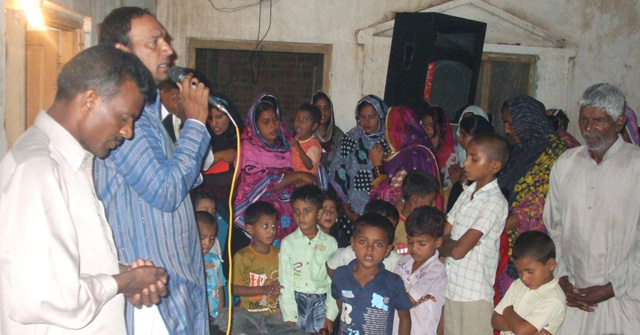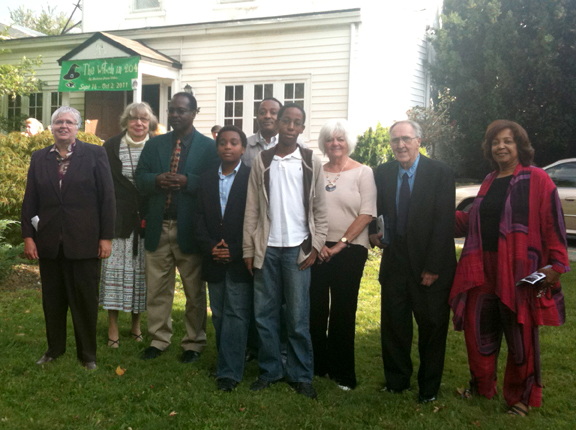
Here is an interesting and lengthy discussion of the challenges facing the Episcopal Church.
The ELCA hitched its star to the Episcopal wagon a number of years ago and announced with great hoopla that we are now in full communion. (Called to Common Mission)
Lutherans were promised that the alliance was for flexibility, broadening the resource pool. Lutheran clergy and Episcopal priests could now vie for calls and employment in either denomination.
But it has resulted in more fundamental changes. It is changing the way we think and act, which isn’t necessarily bad. But it’s not necessarily good either. Martin Luther left a good legacy.
The ELCA and its predecessor bodies are historically a broad demographic with both low and high church values represented, often among ethnic or cultural lines. The American experience, which never answered to the Archbishop of Canterbury or any European figurehead, has traditionally no such loyalty to hierarchy.
The Lutheran tradition of congregational polity is a strength which small congregations should never be asked to sign away. Small churches must be free to adapt to their changing communities. This is harder to do under hierarchies. Hierarchies understand “big.”
- Did the decision, advocated mostly by clergy, change our polity? No, but . . .
- Are there statistics on how much this has benefited anyone?
- How much resource sharing has been going on? (There doesn’t seem to be a lot of resources for either denomination to share!)
It is becoming increasingly clear that dissenting Lutherans were correct about many things.
Lutheran leadership has become more and more hierarchical. It began with a shift in language, then in behavior.
In the negotiations, Lutherans did a lot of agreeing to Episcopal terms.
Lay people don’t tend to care much about things like apostolic succession. We know that our bishops (which we used to call more appropriately “presidents”) are elected. Now every Lutheran clergy to be ordained must submit to Episcopal approval. Many of them have probably never set foot in an Episcopal church, but now their calling needs their blessing.
From reading this report, it is clear that we have sacrificed the wisdom of our experience to a troubled denomination.
The Episcopalians are so concerned that some want to scrap their leadership structure entirely, realizing they cannot support, nor do they need, a hierarchy. We have written about this before.
Meanwhile, Lutheran leadership is separating itself from its constituency more and more. They are planning to have full church assemblies every three years instead of two. If they operate like our local Synod Assembly, it won’t matter much—and that’s too bad. The regional assembly is fairly well orchestrated to get the approvals it wants with as little discussion as possible. But at least there was a chance of making a difference every two years. But then, maybe this is an admission that the hierarchy has less purpose.
Regardless, the action serves to alienate lay people — who still provide the support and funding for the mistakes made by the hierarchically minded.
Soon, if Lutherans want to rise to a call to change anything, they will have to wait three years. This may save money but it is unwise. Change is happening at a faster pace. More forums are needed, not fewer.
But the deed is done. We are in full communion with a denomination that doesn’t know where it is headed to the point that some talk about starting over. Have we been set up for a bait and switch?
If you think this shift in governance isn’t part of SEPA’s attitude toward small congregations, think again. In East Falls, Bishop Claire Burkat was assisting our Episcopal neighbors—we suspect for hire—while trying to destroy her own denomination’s church a few blocks away, hoping for assets to make up their huge deficit. The Episcopal Church in East Falls was of no stronger number than Redeemer with a far less desirable location for mission purposes. Bishop Burkat gave the Episcopalians of East Falls more consideration than the Lutherans.
Called to Common Mission, indeed.











